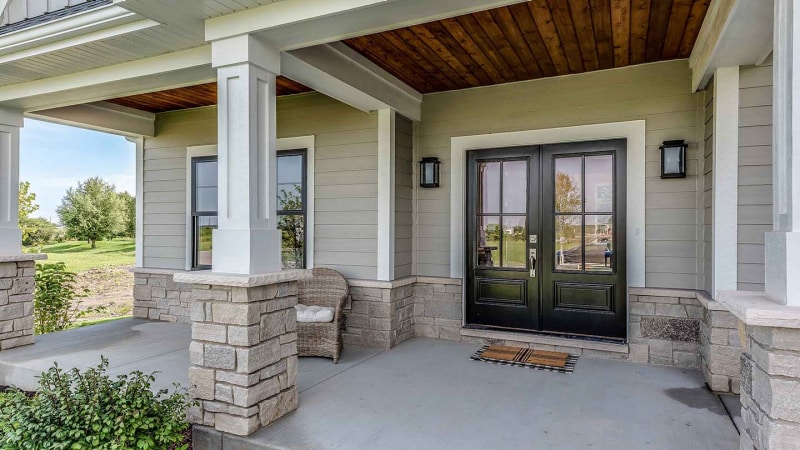

For some, buying a house may be associated with autonomy and freedom — after all, you get to own your place! While this may be true, homeownership could come with a set of rules that govern how to use or remodel the property, called deed restrictions. Let's look at what deed restrictions are, their common types and how they could affect the homeownership experience.
Deed restrictions (which also could be called restrictive covenants) are specific rules and regulations regarding the use of the property or land, usually imposed and supervised by a homeowners association (HOA). Deed restrictions might dictate what structures can or cannot be built on the land, outline specific property uses, and even determine particular visual elements. Usually, it would apply to all properties in a given community, where the owners must abide by the rules. Homebuyers may typically find deed restrictions disclosed in the contract when buying a deed-restricted home. If not, there are other ways to discover this information. Paying attention to whether there are any deed restrictions and what they are could help avoid potential misunderstandings and issues in the future.
Generally, a restrictive covenant could involve various subjects, and there is no unified list that would document what an HOA might regulate. That said, some typical deed restrictions may include:
Housing in deed-restricted communities comes with its own advantages and drawbacks. It may benefit homebuyers to factor them in when deciding whether to purchase a property with restrictive covenants in place. Here’s a closer look:
Some potential homebuyers or new homeowners may want to verify if the property is in a deed-restricted community and what the limitations are. There are a few ways to check for that information:
Most commonly, HOAs are the governing bodies that monitor compliance with existing restrictive covenants and enforce them. However, in the areas without HOAs, it may become the local government's responsibility.
Penalties for breaking those restrictions may vary depending on the severity of the issue and whether it's a recurrent problem. It could usually range from a warning letter from an HOA demanding to fix the violation to a fine. If the homeowner continuously declines to address the issue, it could potentially lead to a lawsuit, eviction or foreclosure (in extreme cases).
Some of the restrictive covenants have an expiration date: For example, a deed restriction might have been adopted in the community when the houses were built, with a 30-year lifespan.
However, if you're not willing to wait years for a restrictive covenant to expire (or if it doesn't have an end date), it could be possible to change or remove it. Let's go through some steps homeowners are likely to take if they seek to change deed restrictions.
Deed restrictions are rules and regulations that may be enforced by the homeowners association or local government agencies. Typically, they are imposed to unify the exterior looks, protect property values or manage living standards. If buyers find the property they like and want to purchase, checking for deed restrictions may be an essential step toward a happy and stress-free homeownership.
The length of restricted covenants may vary significantly. In some cases, they could apply for 30 or 45 years, after which they expire; otherwise, deed restrictions might have an unlimited duration. For this reason, it may be worth inquiring about it in the context of your home particularly.
Yes, information on the deed restrictions is available openly. It can be retrieved from the county records or by turning to a representative at an HOA or your local clerk's office.
Generally, there are plenty of deed-restricted communities where renting (either long- or short-term) is permitted. Even if you live in a deed-restricted community, the restrictions may affect other subjects but still allow for renting